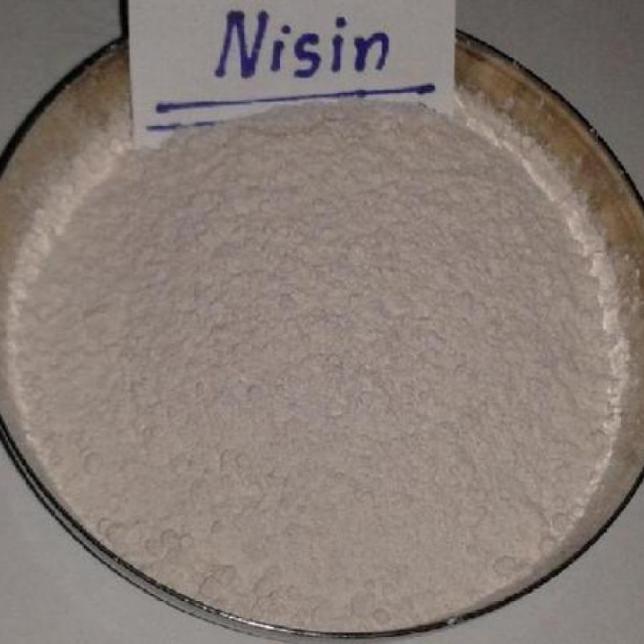Exploring Nisin Market Applications: From Food Preservation to Pharmaceuticals during the Forecast Period 2017-2025
Nisin is a natural antimicrobial peptide that has gained significant attention for its diverse applications in various industries. Originally discovered in the 1920s, Nisin is produced by the bacterium Lactococcus lactis and is known for its exceptional inhibitory effects against a wide range of Gram-positive bacteria, including many foodborne pathogens. Over the years, researchers have explored and identified numerous applications for Nisin, making it a versatile and promising compound.
One of the primary applications of Nisin is in the food industry, particularly in food preservation. Nisin's potent antimicrobial properties enable it to extend the shelf life of perishable food items such as dairy products, canned goods, meat, and beverages. By preventing bacterial growth, Nisin helps maintain food freshness and quality, reducing the need for chemical preservatives and synthetic additives. Its natural origin and effectiveness have made it a preferred choice for consumers seeking cleaner and healthier food options.
Apart from food preservation, Nisin has also found applications in the field of food safety. The addition of Nisin to food products helps control the growth of pathogenic bacteria, reducing the risk of foodborne illnesses. As foodborne diseases remain a significant global health concern, the integration of Nisin into food processing and packaging could lead to safer food consumption practices. The Global Nisin Market was valued at US$ 489.58 million in 2016 and is expected to reach US$ 732.10 million by 2025, witnessing a CAGR of 4.6% over the forecast period (2017-2025).
Beyond the food industry, Nisin's applications have expanded into the realm of pharmaceuticals. Researchers have discovered its potential as an alternative to conventional antibiotics. With the growing problem of antibiotic resistance, Nisin offers a ray of hope as it exhibits bactericidal activity against various antibiotic-resistant strains. Its unique mechanism of action, which involves disrupting bacterial cell walls, sets it apart from traditional antibiotics, making it an attractive option for combating drug-resistant infections.
Moreover, Nisin has shown promise in medical applications beyond its antimicrobial effects. Studies have explored its potential in treating conditions like cancer, as it displays anticancer properties by inducing apoptosis in certain cancer cell types. This opens up avenues for further research in developing Nisin-based therapies for cancer treatment.
In recent years, the cosmetic industry has also taken an interest in Nisin. Its antimicrobial and antioxidant properties have led to its incorporation into personal care products, providing a natural and preservative-free option for consumers.
In conclusion, the exploration of Nisin Market applications has demonstrated its potential as a game-changer in various industries. From its traditional role in food preservation to the promising applications in pharmaceuticals, medical treatments, and cosmetics, Nisin offers a wide range of benefits. As technology and research continue to advance, we can expect even more innovative uses for Nisin, contributing to safer, healthier, and more sustainable practices in multiple sectors.
